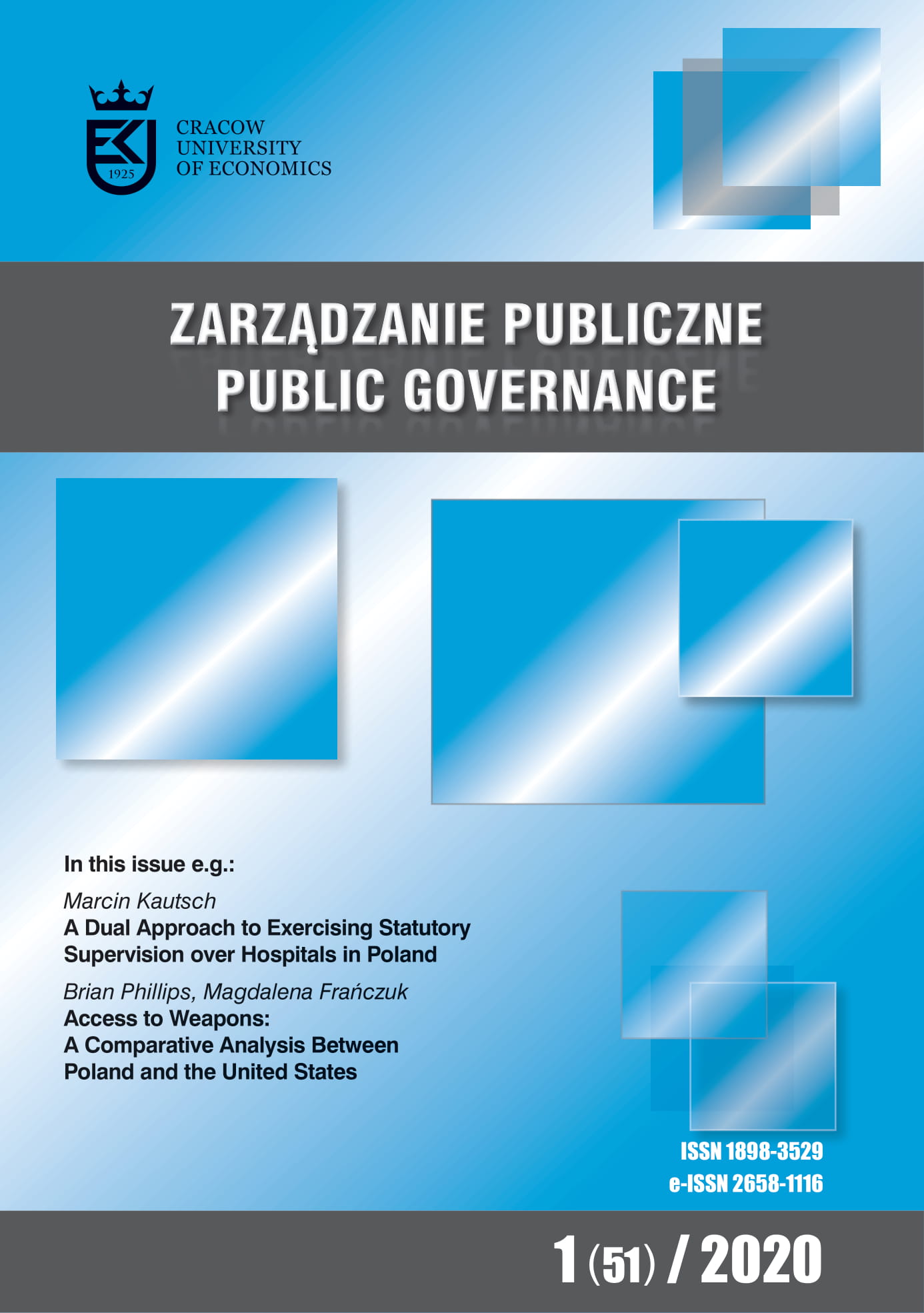The Analysis of Births and Household Poverty Levels
with the Consideration of the Material Effect of the ‘Family 500 Plus’ Programme
The Analysis of Births and Household Poverty Levels
with the Consideration of the Material Effect of the ‘Family 500 Plus’ Programme
Author(s): Piotr Rajfur, Joanna Rajfur, Katarzyna HysSubject(s): Politics / Political Sciences, Social Sciences
Published by: Uniwersytet Ekonomiczny w Krakowie we współpracy z Wydawnictwem Naukowym Scholar
Summary/Abstract: Objectives: The objective of the article is to assess the performance of the Polish government’s family policy programmeknown as the ‘Family 500 Plus’ programme, with special consideration of the material effect. In this study, the authorsattempt to assess the performance of the ‘ Family 500 Plus’ programme (Journal of Laws of 2016, item 195 as amended)in the first years of its operation, answering the question about whether the implementation of the government’s familypolicy programme has contributed to an increase in births and a decrease in the level of poverty in households in Poland.Research Design & Methods: The authors conducted research on the chosen indicators, using the method of incompleteinduction based on inductivism and verificationism. The study relies on the literature review and desk research. Theanalysis made use of statistical data provided by the Central Statistical Office (GUS). In the preparation of this article,legal acts placed on the Website of the Sejm of the Republic of Poland – as well as relevant scientific publications –were used.Findings: Since the launch of the ‘Family 500 Plus’ programme, the number of births has clearly been graduallyincreasing. In the analysed period, we have laso observed positive birth changes within large families. The developmentaltrend of births showed an upward tendency in the first two years of the Act in force and changed in 2018. This clearchange can be observed in the area of extreme poverty in households in 2015–2018. In households with at least twochildren up to the age of 18, there was a change in the extent of extreme poverty by almost 50%, which was approachingthe extreme poverty line in a given year in Poland.Implications & Recommendations: In view of the changes in trends in the number of births observed since 2018 as wellas the extent of extreme poverty in households, the authors recommend further observation and analysis of the indicatorspresented in this study.Contribution / Value Added: The presented analysis of the indicators and the observation of development trends willallow for a proper adjustment of family policy. In the future, this might make it easier for the public authorities to takeappropriate decisions concerning family policy.
Journal: Zarządzanie Publiczne
- Issue Year: 2020
- Issue No: 51
- Page Range: 18-29
- Page Count: 12
- Language: English

